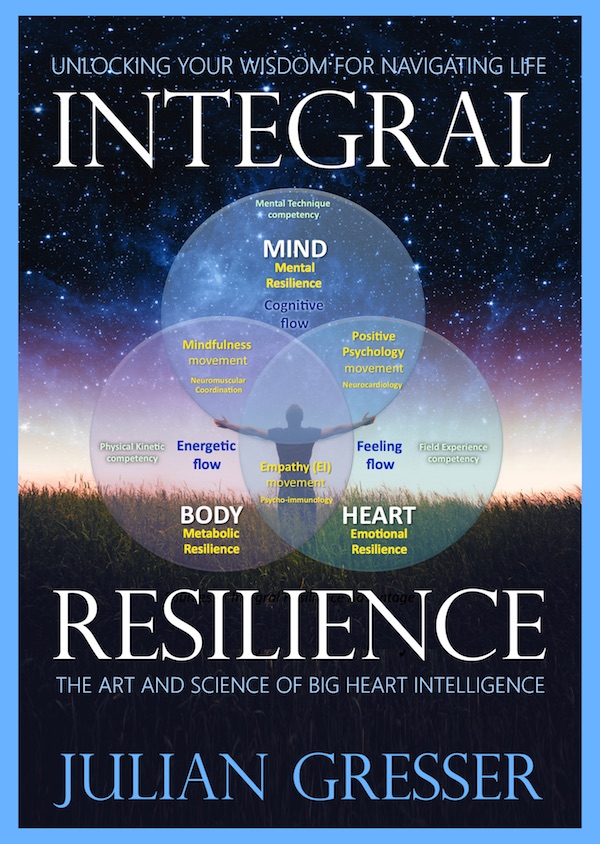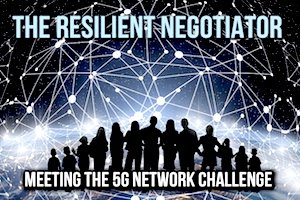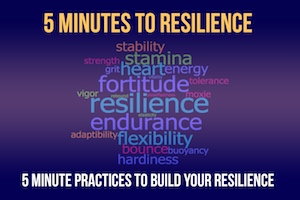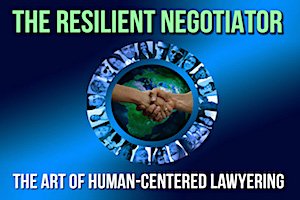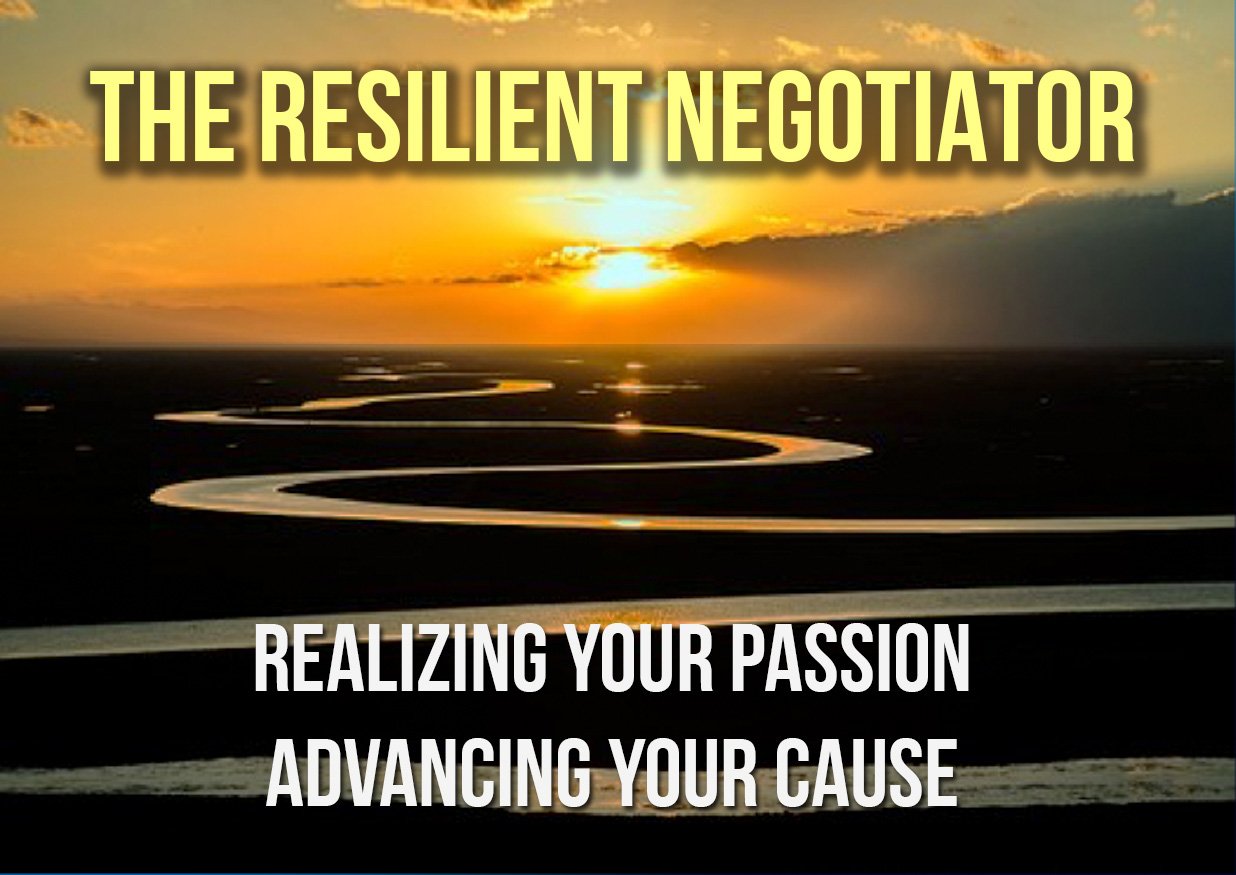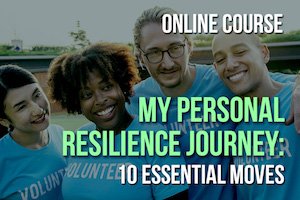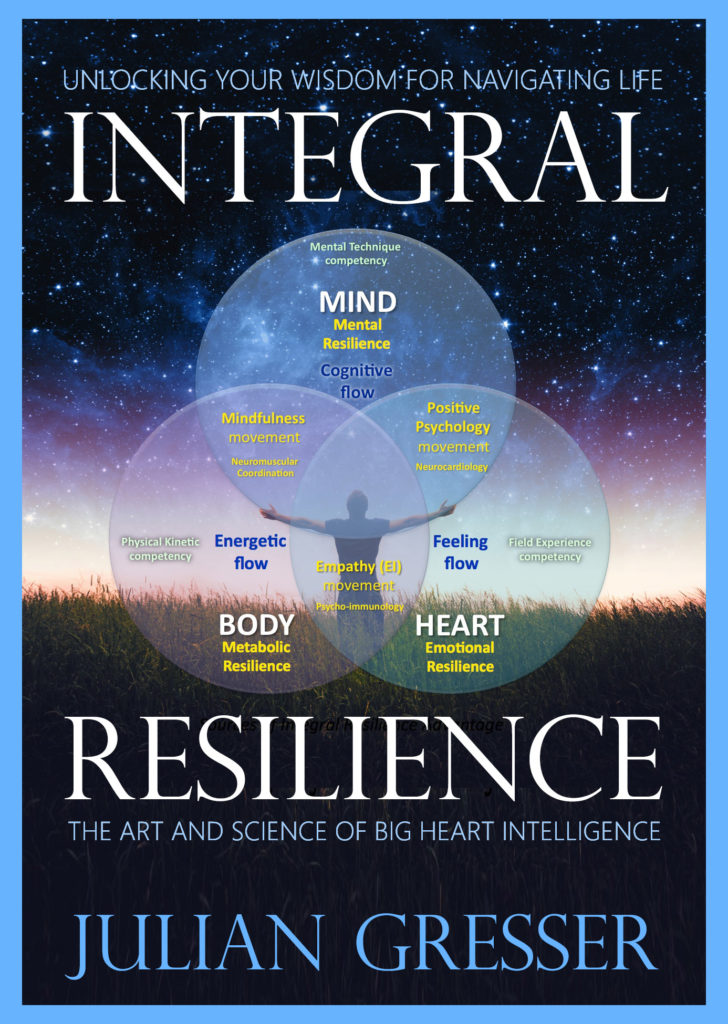Julian Gresser CV
 Chairman– Alliances for Discovery
Chairman– Alliances for Discovery
Julian Gresser is an international attorney, professional negotiator, inventor, and recognized expert on Japan. As a negotiator his most dramatic success involved helping a San Francisco-based trading company transform its $8 million after-tax branch into a $1 billion Japanese company in seven years. (This transaction originated by Julian Gresser and his colleague, Professor James E. Schrager has come to be called “Going Public Japanese Style” adopting the title of an article they jointly authored in the Wall Street Journal.) From 1976-1983 he was twice Visiting Mitsubishi Professor at the Harvard Law School and also taught courses as a Visiting Professor at MIT on the legal issues of strategic industries. He has been a Visiting Professor at Beijing University, where he taught seminars on Japanese and U.S. environmental law, and also helped the Chinese environmental authorities draft China’s Marine Pollution Control Law.
He has served as legal advisor to numerous U.S., Japanese, and European companies on a wide array of business issues, including joint ventures, limited (venture capital) partnerships, technology licensing, export controls and customs fraud, antitrust, and intellectual property protection, particularly patent infringement disputes. He has been a senior consultant to the U.S. State Department, The World Bank, The Prime Minister’s Office of Japan, The People’s Republic of China, and the European Commission (where he trained the Commission’s Japanese negotiating teams).
Julian Gresser is the author of four books, Environmental Law in Japan (MIT Press, 1981), Partners in Prosperity: Strategic Industries for the U.S. and Japan (McGraw Hill, 1984; in Japanese, Cho Hanei Sengen), and Piloting Through Chaos: Wise Leadership/Effective Negotiation for the 21st Century ( Five Rings Press, 1996), (in Japanese, Ishi Kettei Isutsu no Hosoku–Koshodo no Gokui, Tokuma Shoten Publishing Company, Tokyo, 1997), in addition to numerous articles in English and Japanese on technology, economics and law. His most recent work is Piloting Through Chaos—The Explorer’s Mind (English publication: May 2013, Bridge 21; Chinese publication, fall 2014—See: www.explorerswheel.com) The book is the subject of a series of massive open online courses (MOOC) that Julian Gresser will host beginning in the spring of 2014. The first in this series is “Innovation Integration for the 21st Century” (co-produced with Case Western Reserve University).
Humanitarian Activities—Alliances for Discovery –501 © 3 non-profit organization—The mission of Alliances for Discovery is to accelerate breakthroughs for humanity using the Explorers Wheel/Smart Collaborative Innovation Network (S-COIN) model introduced in Piloting Through Chaos—The Explorer’s Mind. Explorers Wheel 1.0 Health, Longevity & Abundance will support sponsored prizes for breakthroughs in response to a number of critical challenges, beginning with accelerating breakthroughs in the design and delivery of high quality affordable instruments for cataract surgery in low income countries, various sustainability initiatives, and risk management for natural catastrophes, in particular earthquakes. http://www.explorerswheel.com/blog/inventing-humanitya-collaborative-strategy-global-survival
Julian Gresser is currently working on a new book with Li Junfeng, a Chinese martial artist and qigong grandmaster on the practical applications of Heart in business, government, and human affairs.
Significant Recent Activities — Further background information on current projects, including recent blogs, can be reviewed on Julian Gresser’s new web site: www.explorerswheel.com; http://www.explorerswheel.com/blog
- Piloting Through Chaos—The Explorer’s Mind is the world’s first Living Adaptive Multimedia Book ™ based on a “smart” platform, which the author has invented and is the subject of several patents pending. Smart technology has the potential to transform the publishing industry. Piloting Through Chaos—The Explorer’s Mind introduces a new model of “intertidal thinking” which enables explorers to connect everything with everything.
- Julian Gresser is establishing over 20 Explorer’s Wheels (see www.explorerswheel.com) based on the framework and methodology articulated in Piloting Through Chaos—The Explorer’s Mind.
- Julian Gresser, in collaboration with his colleagues at GII, Case Western Reserve University, Beijing University, and various Chinese quasi-government agencies is planning to launch by the fall of 2013 a unique massive open online course (MOOC) on “Innovation Integration in the 21st Century.” This will be the first smart bilateral MOOC involving Chinese and foreign faculty participants and will establish an important breakthrough in effective communication between China, the U.S., and other countries. (150,000 participants from the U.S., China, and other countries are anticipated to be initial registrants.)
- Since August 2013 Julian Gresser has become deeply engaged in developing an effective international response to the unfolding health and environmental crisis resulting from the nuclear disaster at Fukushima Japan. http://www.explorerswheel.com/fukushima; http://www.explorerswheel.com/blog
Endorsements
Endorsements of Piloting Through Chaos—The Explorer’s Mind:
IPOs in China and Japan, inventions in clean energy, decoding Japanese negotiation strategies, incubators for creativity and innovation, the role of beauty in discovery and bringing ideas to market—Julian Gresser is a Renaissance man with an amazing array of achievements and gifts. He has written a truly original and helpful book with his own hard won understandings about how innovation can be incubated. Read it, it will enlarge your mind and you will discover your own capacity to do such things. It will grow with you and interact with your discoveries as you make them, taking them to a higher level.
–John Tarrant—Zen master, author, Bring Me the Rhinoceros and other works
“Mark Twain said, ‘You can’t depend on your eyes if your imagination is out of focus.’ In Piloting Through Chaos, Julian Gresser helps us to dream a better future and carefully outlines the steps needed to get there. Brilliantly written and meticulously researched, Gresser warns that we cannot achieve justice and abundance as individuals but only through collaboration, innovation, and fearless exploration of our own depths. And always, he reminds us, with kindness. Gresser is an international attorney, but also a 21st Century Renaissance Man, with a lifetime of experience in business, music, martial arts, invention, and meditation. He is not afraid to ask the big questions and to venture new views of how technology might be an ally in our quest for a better world.”
–Kenneth Cohen, author of The Way of Qigong and Honoring the Medicine
“We need a cultural revolution as transformative as were the scientific and industrial revolutions. If human culture is to survive without unacceptable impacts on the planetary environment, we must live differently as a culture. This means that the arts and humanities are on the front lines of collaborating with scientists and engineers, we need a ‘second renaissance.’ Julian Gresser, in the second edition of “Piloting through Chaos,” presents a sharply focused methodology for attacking some of the urgent problems and seizing the new opportunities.”
–Roger Malina, Editor, Leonardo
Testimonials
The market is flooded with books and tapes about negotiating, but no one, until now, offers insight into the underlying essence of our interpersonal abilities. This fresh approach, if followed, can be transforming for us as individuals, and as a nation.
– Claudine Schneider, Former U.S. Congresswoman
Julian is 100% invested in teaching; an active listener; dedicated to ensuring that the class learns; he is high in energy and empathetic. What would my comments be to future participants? Exciting; out-of-the-box; has life application; fundamental to all relationships.
– Bobbie Busha, Manager, BellSouth
There is widespread agreement that leadership at any level and in any area requires integrity in the person, the practice, and the profession. It is also clear that this is no easy, simple task, nor can it remain at the mercy of luck, sentimental or institutional formation. Julian Gresser – lawyer, scholar, martial artist, and streets-smart practitioner – now makes available the teaching and achievement of integrity in its integral form. As a foundation president, former commissioner, ambassador, and university president, I have had occasion to enlist Julian’s remarkable system and energies. He/it is a godsend for our troubled times and leaders.
– Dr. Glen A. Olds, Chair of the World Federalist Association;
Co-Chair-Society for Values in Higher Education, Senior Scholar-Center for Ethics & Leadership;
Adjunct Professor of Philosophy, Portland State University
So many of the software programs I employ on a daily basis perform their functions adequately, however, they’re boring and uninspiring. It feels like a major chore to use them. The Artful Navigator, although serious in its intent, is a lighthearted and whimsical program. I feel so much like I’m playing a game that I hardly notice how much insight and wisdom I gain each time I use it.
– Maggie Duval, Independent Computer Consultant
All of Alpine’s portfolio CEOs, General Partners and staff, have undergone training – with dramatic and measurable results. One portfolio company had been mired in negotiations with a foreign company for over a year. In one day’s training, they put together a new plan and team, and three months later closed an OEM agreement worth millions.
– Dr. Chuck K. Chan, General Partner, Alpine Technology Ventures
Julian Gresser is one of those rarest of teachers. He embodies the wisdom that he shares. His pioneering work in negotiation is a quantum leap in human understanding and will move people to their highest level of truth and accomplishment. The value is incalculable not only to individuals but to our society.
– Michael Fitzgerald, Former Director, Washington State Department of Trade & Economic Development
Partial List of Past Clients
European Commission, The Prime Minister’s Office of Japan, World Bank, U.S. State Department, Philips International, JP Morgan, Intel, KLA Instruments, Elantec, Bridgestone, Baxter International, Alpine Ventures, Palmer Services Corporation, Deloitte, Arthur Anderson, China National Packaging Corporation, Finnbohus, Ericcson, AB Brown Boveri, LSI Logic, Dainana Securities Corporation, Swedish Intellectual Property Council (a private group of 10 top CEOs of Sweden who were concerned with developing strategies for protecting IP), CISCO, New Enterprise Associates, Catalytica.
JULIAN GRESSER
Business Address: JG Enterprises, P. O. Box 30397 Santa Barbara, CA 93130
E-mail: jgresser@aol.com and juliangresser77@gmail.com
Web site: http://www.gii.us.com; www.explorerswheel.com
Telephone: (805) 563-3226; Fax: (805) 563-4818
SPECIALTIES: Professional negotiator with special expertise in:
- Japanese & Chinese business transactions
- Cross-cultural strategic alliances
- IP and innovation strategy
- International energy/environmental-related transactions
- Alliance law
- Alliance mediation
EDUCATION: J.D., University of California, Berkeley, 1971, Stanford University, Graduate Study Toward Ph.D. in Economics, 1967/1968, M.A., Harvard University, Far Eastern Studies, 1967, A.B, Harvard University, 1965
FOREIGN Japanese and Chinese
LANGUAGES: French, Spanish, and Italian (reading only)
EXPERIENCE:
- Present — Chairman, Global Innovation Integrators (GII); CEO, Smart Explorers. Ltd.
- 2009-2012 — CO-Chairman, International Practice Group, Manatt, Phelps & Phillips
- 1988 — Member of the Board, Discovery Engineering International (DEI)
- 1988 to 1990 Special Japan Counsel, Crosby, Heafey, Roach and May
- 1986 to 1988 Partner, Nutter, McClennen & Fish
- 1983 to 1984 Founding Partner, Coleman and Gresser, The Pacific Law Group
- 1982 Consultant, Prime Minister’s Office of Japan
- 1981 Consultant, Wilmer, Cutler and Pickering (International aspects of cross-cultural business)
- 1980 to 1981 Consultant, U.S. Department of State
- 1980 Consultant, U.S. Environmental Protection Office
- 1979 to 1980 Special Consultant on East Asian Affairs to the Assistant Secretary of State, Richard Holbrooke, now U.S. Ambassador to the United Nations
- 1976 to 1977 Consultant, World Bank
- 1972 Staff Attorney, Center for Law in the Public Interest
- 1971 to 1972 Associate, Graham & James
- 1970 (Summer) Research and work in Japanese Law at Shozawa Law Office, Tokyo
- 1969 (Summer) Translator for Foreign Division of Tokyo Stock Exchange
TEACHING EXPERIENCE:
- 1990-2000 Presenter and participant in Inter-Faculty Seminar involving Harvard Law School, Harvard Business School and Kennedy School on Strategic Alliances and Joint Ventures
- Julian Gresser offered over 30 seminars on Artful Negotiation to some 300 corporate presidents through TEC, an international association of CEOs and other organizations.
- Adjunct Professor, Oregon Graduate Institute of Science and Technology, where Julian Gresser taught a course entitled “Wise Leadership and Effective Negotiation.”
- 1981 to 1983 Two-year appointment as Visiting Professor, Program on Science, Technology and Society, Massachusetts Institute of Technology
- 1981 to 1983 Lecturer in Law, Harvard Law School
- 1980 (Spring) Visiting Mitsubishi Professor of Law, Harvard Law School
- 1976 to 1977 Visiting Mitsubishi Professor of Law, Harvard Law School
- 1974 to 1981 Professor of Law (with tenure), University of Hawaii School of Law
- 1973 to 1974 Visiting Professor of Law, Doshisha University, Kyoto, Japan (Taught Japanese law in Japanese.)
- 1973 (Summer) Visiting Professor, Beijing University, Faculty of Law
PARTIAL BIBLIOGRAPHY:
Books:
- Piloting Through Chaos: Wise Leadership Effective Negotiation for the 21st Century (Five Rings Press, 1996) (Japanese translation of “Piloting Through Chaos,” Tokuma Shoten Publishing Company, Tokyo, 1997)
- Partners in Prosperity: Strategic Industries for the United States and Japan (McGraw Hill, June 1984) (Japanese translation of “Partners in Prosperity,” TBS Britannica, October, 1984)
- Environmental Law in Japan, (M.I.T. Press, 1981)
Major Articles:
- “Expanding Your IP Pie in China—Winning Strategies for Agile Foreign Companies” Bloomberg Law Reports, April 27, 2011
- “Inventing for Humanity—A Collaborative Strategy for Global Survival” VIA, The Journal for New Thinking for New Action, Volume One, Number Four, 2003
- “Strategic Alliance Mediation—Creating Value from Difference and Discord in Global Business,” European Journal of Law Reform, Volume Two, Issue Four, 2000.
- “Turning Conflict into Opportunity Through Alliance Mediation in Structuring, Negotiating, and Implementing Strategic Alliances,” published by Practicing Law Institute, 1998
- “Best Alliances Make 1+1 Equal More Than 2,” Nikkei Weekly (March 16, 1998)
- “High Tech Training for Sales Samurai,” 1996
- “Understanding the Japanese Negotiating Code: The Virtual Dojo and Other Critical Capabilities for the Late 1990s,” Symposium: Private Investments Abroad, Problems and Solutions published by Southwestern Legal Foundation, (Matthew Bender, 1995)
- “Breaking the Japanese Negotiating Code: What European and American Managers Must Do To Win,” European Management Journal (Vol. 10, No. 3, September 1992)
- “A Passport to the Japanese Equity Markets,” Coauthored with James Schrager, Wall Street Journal (April 29, 1991)
- “Mastering Negotiations with the Japanese,” Palo Alto, California (June 30, 1990)
- “Engineering Discovery and Negotiating Organizational Change.” Forthcoming book on “Creativity in Large Bureaucracies”
- “Engineering Discovery,” Network of Inventive Thinkers Association (NITA), (October 1990)
- “Creative Coexistence Can Heal U.S.-Japan Rift,” an Opinion, The Japan Economic Journal (June 30, 1990)
- “Discovering Solutions to U.S. Japanese Conflict,” World Business Academy Perspectives (Summer 1990)
- “U.S., Japan Stock Markets: Divergent Goals,” with James Schrager, Japan Economic Journal (Week Ending February 10, 1990)
- “Going Public, Japanese Style,” with James E. Schrager, Wall Street Journal (May 2, 1988)
- “On the Way to Japan, Pack Careful Planning,” San Francisco Business Times, (December 1, 1986)
- “Julian Gresser: An Iconoclast Practice Japanese Trade Law With Aid of ‘Visions’,” San Francisco Business Times (September 29, 1986)
- “To Compete With Japan You Should Be in Japan,” Inside R&D, the Weekly Report on Technical Innovation (September 10, 1986)
- “Competing With the Japanese on Their Own Turf,” with A. Osterman, Wall Street Journal (December 2, 1985)
- “A Solution to Our Economic Ills” (1985)
- “U.S. Export Controls: The Next Battle With Japan,” The Japan Economic Journal (October, 1985)
- “Strategic Industries and Economic Growth Within the Pacific Region During the Late 20th Century,” Presented to the XV International Conference on World Peace, Tokyo, Japan (July 15, 1985)
- “Can the U.S. Protect Patents Pending?” San Jose Mercury News (June 23, 1985)
- “Misnomer, Poor Handling of Issues Confuse Ideological Differences,” The Japan Economic Journal (October 16, 1984)
- “Standard Setting in Telecommunications: The Next Battle Field,” Diamond Executive (December 1984)
- “The U.S.-Japan Software Wrangle,” Nikkei Shimbun, 1984
- “Japan and the United States: A Strategy for Survival,” The Japan Economic Journal (September 27, 1983)
- “The International Adjustment of National Industrial Policies,” Preliminary Report to the Prime Minister’s Office in Japan
- “Japanese Government Policies for the Robotics and Machine Tool Industries C The Productivity Problem from Another Perspective,” Subcommittee of Trade, U.S. House of Representatives (October 14, 1980)
- “High Technology and Foreign Industrial Policy,” Subcommittee on International Finance, Senate Committee on Banking, Housing and Urban Affairs (January 15, 1980)
- “Balancing Industrial Development with Environmental Management in the Republic of Korea,” Report on the Environmental Mission to the World Bank (December 22, 1977)
- “Japan’s Handling of International Environmental Problems: Contradictions with the Domestic Record,” Proceedings of the 71st Annual Meeting of the American Society of International Law (1977)
- “The Development of Pollution Control in Japan,” 1 Harvard Environmental Law Review 541-5445 (1977)
- “The Transnational Public Interest Lawyer: High Hopes and Difficult Realities,” Intellect Magazine, Volume 104 (March, 1976)
- “The 1973 Japanese Law for the Compensation of Pollution-Related Health Damage: An Introductory Assessment,” Law in Japan, Volume 8 (1975). Also published in slightly different form in 5 ELR 50229
- “A Japan Center for Human Environmental Problems: The Beginning of International Public Interest Cooperation,” Ecology Law Quarterly, Volume 3 (1973)
Major Articles In Japanese:
- “Nichibei Tairitsu O Seifuku Suru Hakken Kogaku No Susume, Advancing a System of Discovery Engineering That Will Conquer U.S. Japanese Conflict,” Asai Journal (August 3, 1990)
- “The Transnational Application of Environmental Impact Assessment,” Kogai Kenkyu, Pollution Research (July 1976)
- “Legal Translation and Transmission of Meaning,” Vol.2, No.6, Kokusai Shoji Homu (1974)
- “Comparative Aspects of Preventive Approaches to Pollution Control in the U.S. and Japan,” with K. Fujikura, Hanrei Times (June 1974)
- “Kankyo Mondai Ni Kansuru 1973 Bonn Kaigi on Hokoku” (a Report on the Bonn Conference of 1973), with Y. Taniguchi, Kyoto University, Juristo (June 1974)
- “Kankyo Mondai Ni Kansuru Kokusai Kyoryoku Teian” (a Proposal for International Cooperation Regarding Environmental Problems), Juristo (March 15, 1973)
PROFESSIONAL — California Bar Association International House of Japan
ASSOCIATIONS — Harvard Club of New York
ORGANIZATIONAL Cofounder, Japan Committee for Human Environmental Problems
ACTIVITY:
- Founder and Chairman, Japan Industrial Policy Group (an Inter-agency-Congressional task force studying industrial policy and U.S.-Japan economic relations)
- Founder, The Corps of Discovery, a multidisciplinary group of physicians, inventors, and others seeking to uncover breakthroughs in the treatment of glaucoma.
SIGNIFICANT — Established right of non-resident aliens to petition Japanese Diet
LEGAL ACTIVITY — (Chief Counsel in Palau superport case)
INVENTIONS:
- The Trigger Method—a way of forecasting and analyzing “strategic” technologies and industries.
- EEG Brainwave Biofeedback Machine, a Method of Engineering Discoveries
- The Artful Navigator, software program which turns Shakespeare and other “masters of wisdom” into your personal coaches.
- Legal and business structures to foster “Collaborative Innovation Networks” (COIN) and associated collaborative IP models.
- The Explorer’s Wheel and related methods described in “The Explorer’s Mind”
- LAMB (Living Adaptive Multimedia Book)—based on “smart” technology which enables books and web sites “to learn” from users of mobile and stationary devices.
CAREER HIGHLIGHTS AS A PROFESSIONAL NEGOTIATOR:
- As chief counsel to an international coalition of environmental groups, established the right of non‑resident aliens to petition the Japanese government for the redress of grievances. This involved negotiating with several major Japanese government agencies and the leading political parties.
- Helped a San Francisco‑based trading company, Getz Brothers, transform its $8 million after‑tax branch into a $1 billion Japanese company in seven years. This required negotiating with the major Japanese underwriters, the Securities Dealers Association of Japan, the Ministry of Finance, as well as a cross section of Japanese venture capital firms, which we persuaded to become “long‑term” shareholders.
- Identified a hidden code of negotiation, consisting of some 50 moves and tactics, by which the Japanese government and most Japanese companies create havoc in the decision-making processes of the opponents by undermining their core integrity.
- Trained and coached the European Commission’s Japanese negotiating team in Brussels.
- Trained many Swedish companies through a series of seminars on “Artful Negotiation,” offered between 1995‑99 under the auspices of the Swedish Institute of Management (IFL).
- Trained over a hundred English solicitors and barristers (including several Queen’s Counsel) in two programs sponsored by CEDR in London.
- Trained and coached over 300 hundred U.S. corporate presidents through TEC, an international association of CEOs.
- Advised a large number of U.S. and European companies in their Japanese and Chinese negotiations as an international lawyer in San Francisco and Tokyo.
- Invented the Artful Navigator, a “wisdom expert system,” which converts the great masters of action — Shakespeare, Sun Tse, Chuang Tse, Churchill, Gandhi, Mandela, Pope Francis into your personal negotiation coaches.
- In the 1980s developed a unique way of using the Internet‑-LogosNet–for the continuous training of professional negotiators, thereby effectively solving the “fall‑off” problem. Developed other internet tools for asynchronous education in negotiation.
- Successfully tested the Artful Navigator and LogosNet in a series of seminars on “Wise Leadership and Effective Negotiation,” offered to middle managers from Intel, Hewlett Packard, Mentor Graphics, and other high technology companies in the Pacific Northwest through the Oregon


